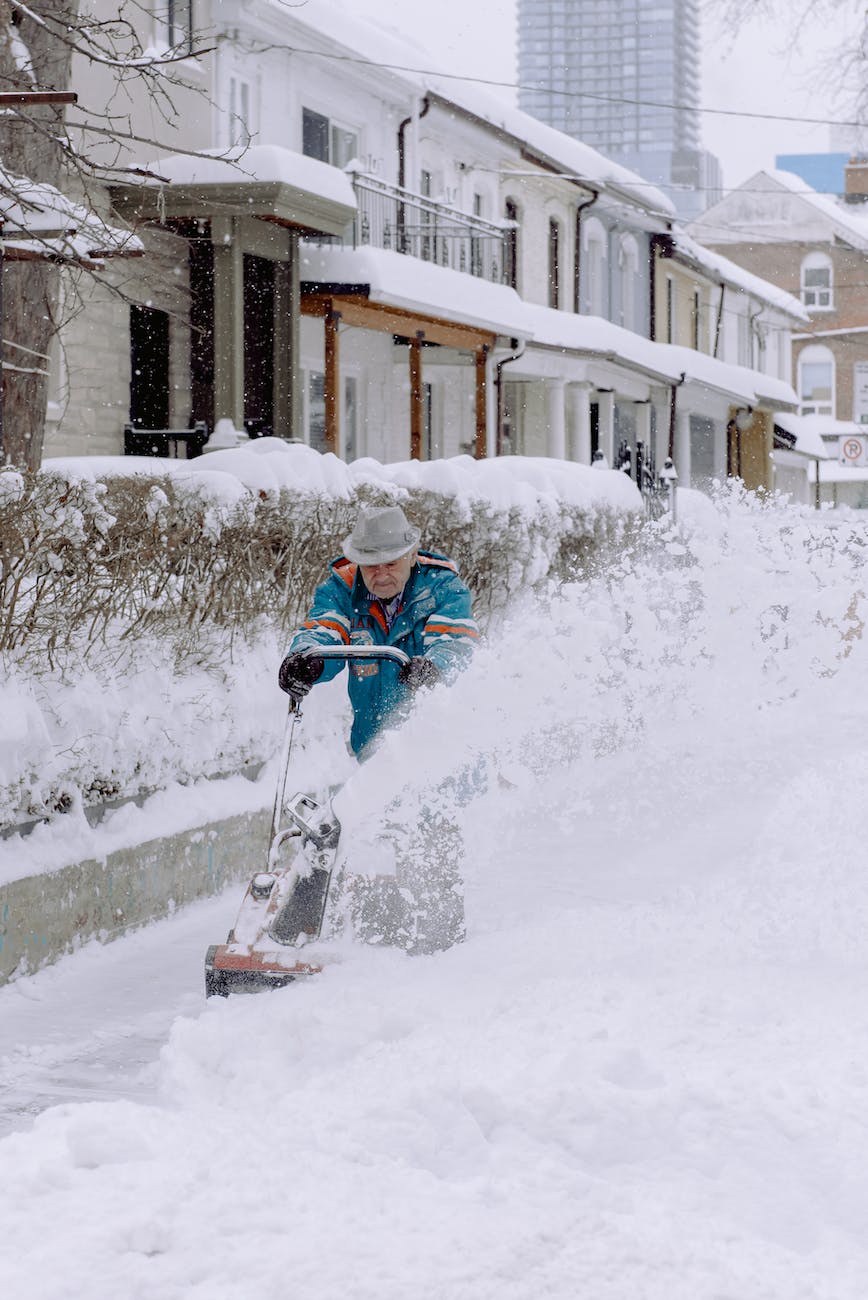Knowing how to check for spark on a snowblower will be of great benefit to any homeowner. In the event that a snowblower doesn’t start, I typically recommend checking for spark first. So how do we go about doing that?
Tools Needed (Commissions Earned)
Why Do You Check for Spark?
I recommend checking for spark first because it’s easiest, to be honest. To revisit some previous articles, we know that engines, and snowblowers in general, need 3 things to run.
- air/fuel mix
- spark
- compression
If any of these three components are lacking, the machine won’t run. Well, it might run, but certainly it won’t be running optimally.
If you find that your snowblower won’t start, I recommend starting with a systematic approach to the diagnosis. For me, that begins with checking for spark.
How to Check for Spark on a Snowblower
There are two different methods for checking for spark on a snowblower. Both options work, but one is safer.
Option 1
This is my recommended method for checking for spark on any gasoline engine: use a spark tester. This device gets placed in line between the spark plug boot and the spark plug itself.
Remove the spark plug boot from the spark plug and connect one end of the tester to the boot and the other side to the spark plug.
Now, crank the engine over by using either the starter motor or the recoil. If spark is present, the tester will light up. Generally, the brighter it is, the greater the spark.
This brings up the second reason why I recommend the tester over option 2: it’s easier to see.
Option 2
To perform a spark test using the second option, remove the spark plug from the engine and then reconnect the spark plug to the boot.
Now, place the electrode end of the spark plug against the metal of the crankcase. It can be tricky to get it in a place where it remains in contact with the block and still remains visible to you.
If you manage to keep it in place, turn the engine over again. If spark is present, you’ll see the spark jump the gap from the electrode to the crankcase.
It can be helpful to dim the lights if possible as the spark can be difficult to see. That’s why option 1 makes it easier to see.
Furthermore, if you’re having a difficult time getting the plug to remain in contact with the crankcase, you might feel inclined to hold it in place with your hand.
If you do so, you might be in for a rude surprise. It turns out that electricity will seek the path of least resistance, and if your hand is grounded that would be through you.
Yes, there is a high likelihood of getting shocked. For that reason, option 1 is safer. If you absolutely have to hold the spark plug in place, hold it by the boot or the lead. The rubberized jacket will help insulate you from shock.
You’ve Tested for Spark, Now What?
This depends on the result of your spark test. If spark is present, then you can move on to the other components to diagnose why your snowblower won’t start.
If the spark test reveals that there is no spark, then you can read up on the possible causes and how to fix it.
Recap
Testing for spark on a snowblower is a super easy thing to do. Knowing how to test for spark will prevent a lot of frustration when you’re attempting to diagnose why an engine won’t run.
Did I forget anything? Let me know in the comments below!
As an Amazon Associate I earn from qualifying purchases.
